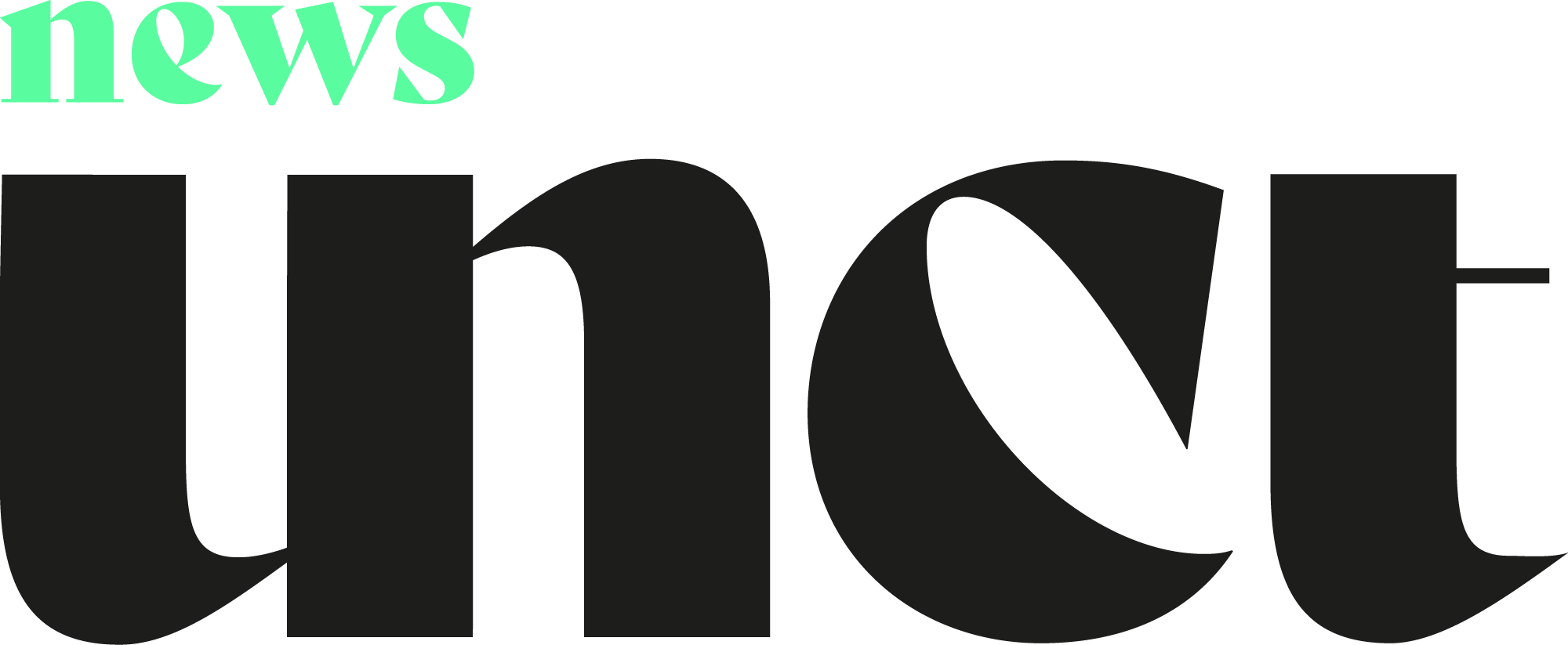Minting an NFT, or non-fungible token, is publishing (Authenticating) a unique digital asset on a blockchain so that it can be bought, sold, and traded. Once (art)works have been minted (Signed / Certify), and digital data has been converted into a digital asset, it remains with traceability, on the blockchain. The digital products, or files, that have been minted are stored in this blockchain— distributed ledger or decentralized database— and cannot be edited, modified, or deleted. Thus ensuring the minted file is completely secure and now holds a new level of protection and value, that just being an image (or video) that already exists unprotected on the internet, would not afford.
Minting an NFT is of course also applicable to fine art photography, despite mainstream depictions focusing primarily on digital and graphic art. Why would an artist choose to mint their works? Because this would offer their work a level of security and ascribed value that is of a different nature to the value of a signed re-print, or physical copy. It would allow artists the liberty to protect their works (in the web), and regain a sense of ownership over image (a photograph), which is of course a theme of increasing intrigue in a world where images are repeatedly mass distributed, consumed, copied, lost, and distorted between the wild west that has become the web, with its entourage of limitless and regurgitated media, and fast scrolling through feeds.
“The shift in perspective from valuing a work in its final and physical form, towards valuing the intellectual, traceable and encrypted rights of an image, will increasingly become the norm as we move towards a world of increased digitalization that requires amplified sensitivity to artists and their rights”
The nature of this ownership is unique to NFTs, as it is an intellectual ownership of a work, as opposed to the ownership existing purely in the physical world of first editions, signed works and contractual agreements. Even when the work is sold, and belongs to a collector, it remains the intellectual property of the artist: ensuring artist autonomy is preserved, and additionally artwork provenance is traceable for the additional benefit of the collector.
It is important to note, that whether or not we consent, our images are already being widely distributed, with liberties to screenshot, to edit, and to borrow. The function of NFTs and the process of minting works, battles exactly this, and assures a new found agency both to the artists but also to the artworks themselves.
What value is ascribed to an NFT vs. A Physical Copy? Primarily a secure and encrypted product, but additionally, when a collector is buying an NFT of a fine art photograph, they are not just buying the encrypted digital file but are also buying the history of the work: the years of research, of travel, of education, and of personal and perhaps larger socio-political discourse that informs the work that they come to produce. This is really the inherent value of photography, namely, the merit of all that proceeds the final image.
Thus, the shift in perspective from valuing a work in its final and physical form, towards valuing the intellectual, traceable and encrypted rights of an image, will increasingly become the norm as we move towards a world of both increased digitalization that requires an increased sensitivity to artists and their rights.

